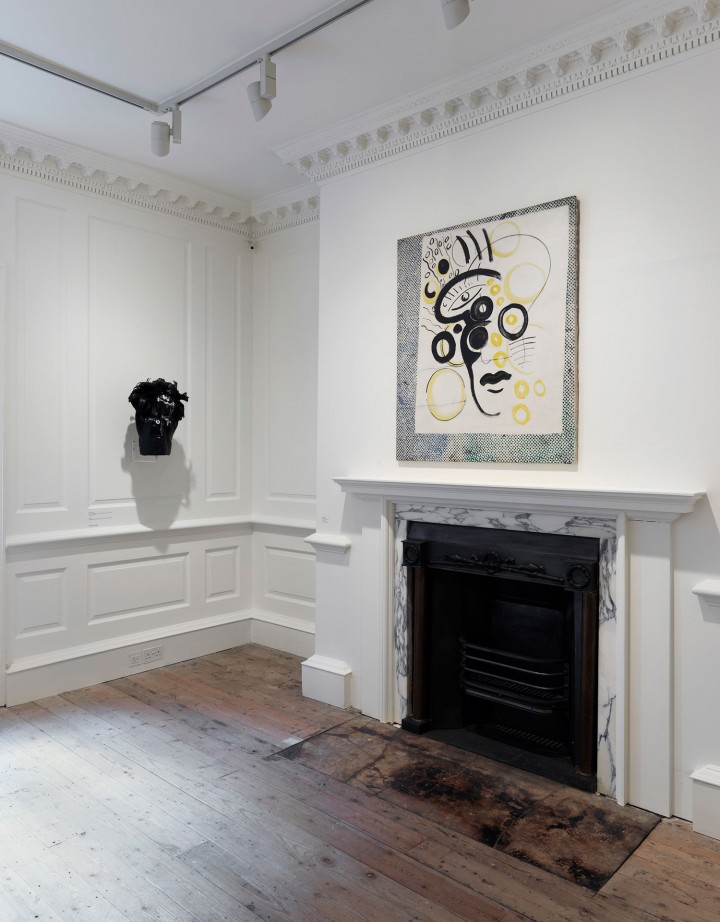It requires of us an imaginative elasticity for the bravado of the surreal upon entering the Raven Row galleries; for what is a relatively sedate exhibition of psychedelic relics.
Pacing the eighteenth century rooms it becomes easily apparent that the idiosyncrasies of contemporary art are well rewarded by the interior spaces of this renovated building. The accompanying literature for the temporary exhibition explores an untempered era of psychedelia against a background of a more dogmatic resolve for ordinariness, as it influenced and infiltrated the imaginations and lucid minds of the creative thinkers of the post-war era. With works from the sixties and seventies, Lars Bang Larsen’s exhibition draws together an impressive art collective who are all credited with having influenced a more unfettered will for something other. Where this exhibition would have proved more engaging would have been in acknowledging the unhinging polarity between revelation and enlightenment and the over exuberance of confusion and psychosis. Writer Aldous Huxley, an advocate of hallucinogenic drugs, wrote of his desire to ‘make this mundane world sublime’, and as a precursor for the significance of the effects of drugs on the ground swell of modern music and literature, Larsen’s intension to create a rather tidy exhibition of objects, sound recordings and film, lessens the spirited history of this arresting zeitgeist.
All too carefully curated, highlights include Danish artist Henriette Heise’s fabric piece, Darkness Machine, (2010), that hangs from the ceiling as a curling stretch of black cloth, with an imbued desire and dread for the darkness associated with it. Swedish artist Öyvind Fahlström’s The Little General, (1967-68), appears as a unintelligible broad game with a perspex lid and playing pieces that might well have better served the intellects of the age. New York based Pierre Huyghe’s L’Expédition Scintillante, Act 2, (2002), is an attractive space age open container of lights and smoke signals that ebb and elevate like a drug induced heart-beat, and Robert Horvitz’s precise diary ink drawings, from the early 1970s, and A Many Splendoured Thing, 2008, positively recall every mathematical text book that has served to qualify the mind.

